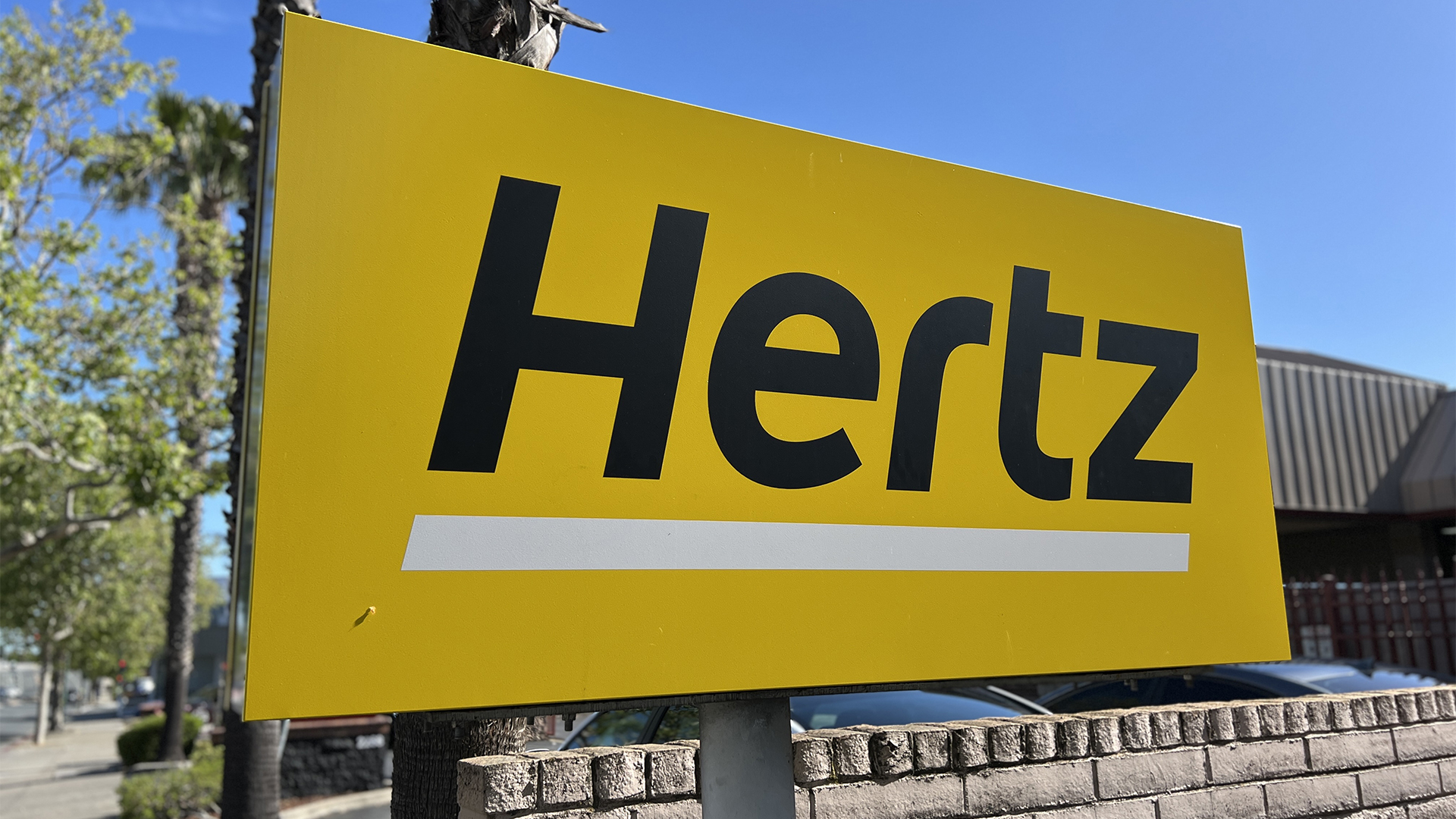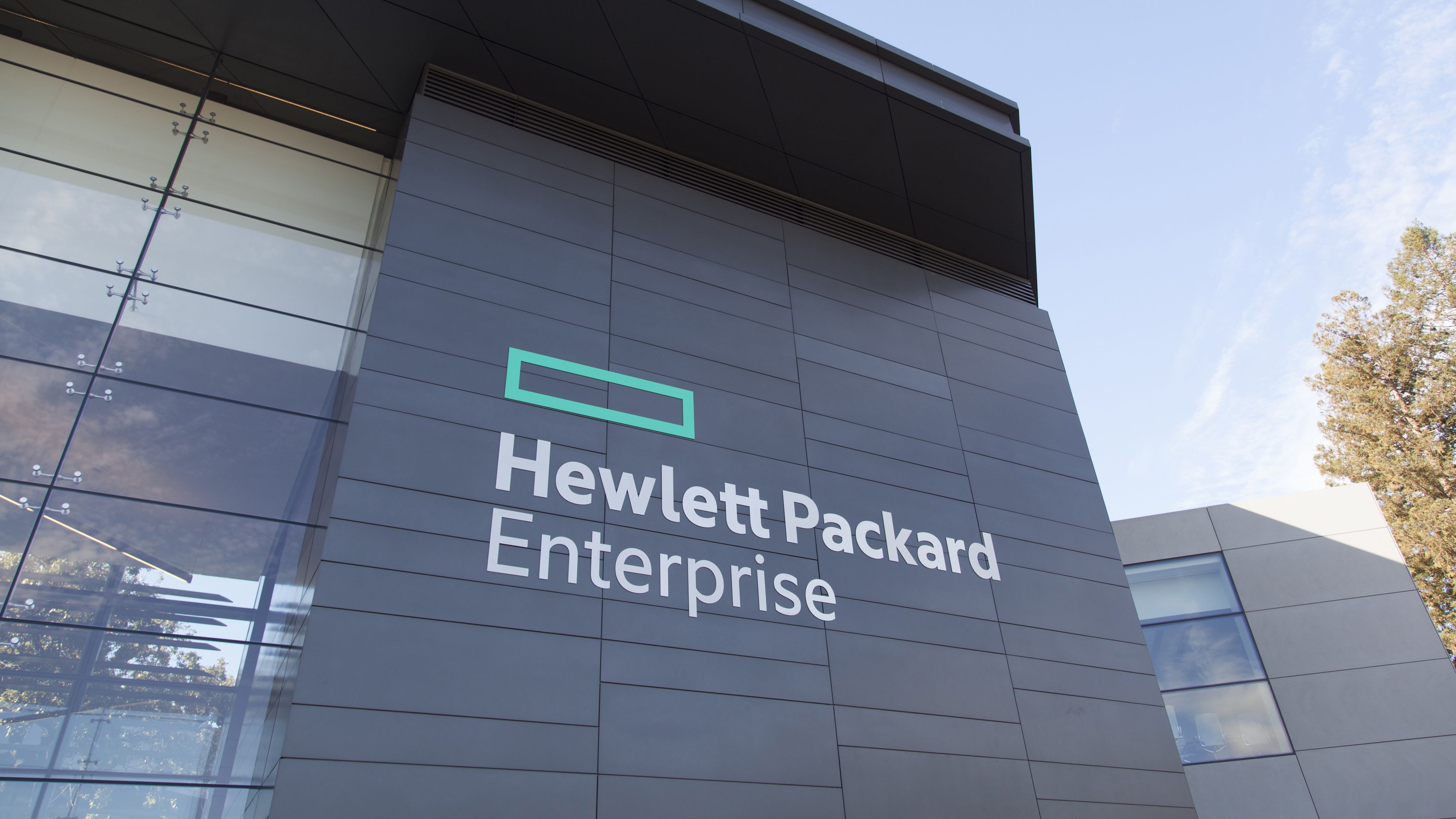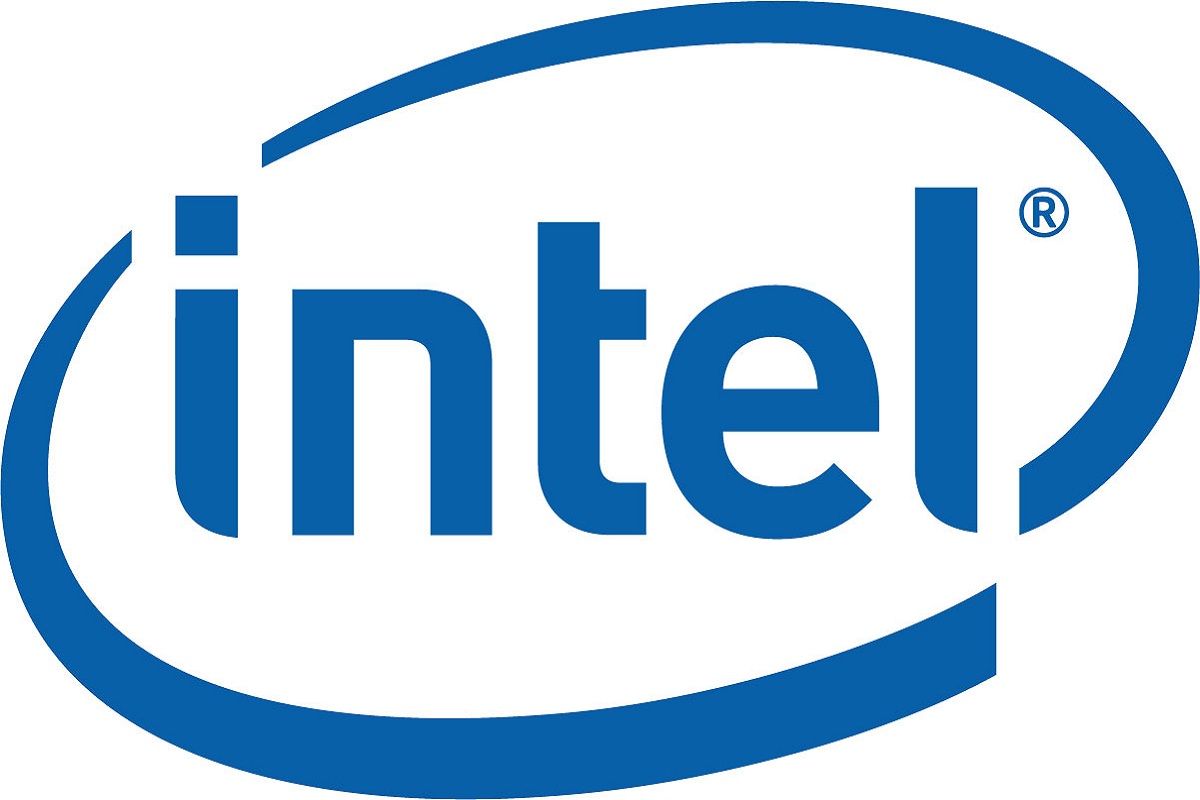Timeline: CERN’s LHC Experiment
With the LHC experiment on hold after a technical fault, we look back at the stories that have made CERN's multi-billion pound experiment one of the most talked-about science stories of the decade.

Will the LHC experiment smash particles in 2008? The LHC project has been advancing, but not fast enough due to technical setbacks and the challenge of handling vast amounts of data.
5 April 2007: The Particle Physics and Astronomy Research Council (PPARC) extended its funding of the grid computing project, GridPP, by giving an additional 30 million. UK researchers designed the system to help analyse data that would be captured by the major experiment of a Large Hadron Collider (LHC), developed by The European Organisation for Nuclear Research, better known as CERN.
18 October 2007: The UK's GridPP project leads in analysing the data about the CERN particle accelerator. The LHC@home project, an extension of GridPP that allows the public to donate spare computing power to CERN scientists, was moved from Geneva to Queen Mary, University of London. The extra space is used to run simulations of the LHC, ensuring that protons stay in their orbits while travelling the 17 mile circuit.
8 September 2008: CERN's LHC is a massive IT project linking hundreds of thousands of computers. When the LHC goes live data will be sent to thousands of scientists around the world. The machine has been built to test the "big bang" theory of the evolution of earth as well as to find the so-called god particle, dubbed Higgs Boson, which will explain how mass-less elementary particles allow matter to have mass.
9 September 2008: A mass of wires and metal combine to make the LHC, which includes some 100,000 CPUs linked over a massive grid to process and analyse data from CERN's experiment. The system includes huge detectors and magnets, sensitive sensors, and other high-tech science equipment and shows just how beautifully engineering and IT can coincide.
12 September 2008: A group named the 'Greek Security Team' hacked into the LHC's network and posted a warning about weaknesses in the infrastructure. The hackers stated that the technicians working on the project were "schoolkids" and that they were not to be messed with. CERN scientists were concerned as the hackers were only a "step away" from the computer control system of one of the machine's magnetic detectors.
22 September 2008: A large helium leak in the tunnel of the LHC caused the machine to be shut down 19 September 2008. A faulty electrical connection between two of the machine's 30-ton super-conducting magnets was the cause of the problem, which will take two months to fix. The temperature of the area affected needs to be raised for repairs and then lowered to minus 271.3 degrees Celsius again for the experiment to work properly.
Get the ITPro daily newsletter
Sign up today and you will receive a free copy of our Future Focus 2025 report - the leading guidance on AI, cybersecurity and other IT challenges as per 700+ senior executives
-
 Cleo attack victim list grows as Hertz confirms customer data stolen
Cleo attack victim list grows as Hertz confirms customer data stolenNews Hertz has confirmed it suffered a data breach as a result of the Cleo zero-day vulnerability in late 2024, with the car rental giant warning that customer data was stolen.
By Ross Kelly
-
 Lateral moves in tech: Why leaders should support employee mobility
Lateral moves in tech: Why leaders should support employee mobilityIn-depth Encouraging staff to switch roles can have long-term benefits for skills in the tech sector
By Keri Allan
-
 HPE launches ‘world’s first’ solar-powered supercomputer Hikari to solve Zika virus
HPE launches ‘world’s first’ solar-powered supercomputer Hikari to solve Zika virusNews Nearly a third of total power used by supercomputer supplied by renewable energy sources
By Sooraj Shah
-
 Intel confirms Altera purchase: What happens next?
Intel confirms Altera purchase: What happens next?Analysis The acquisition will enable Intel to integrate Altera's FPGA products to meet customers' IoT and data centre needs
By Rene Millman
-
 ARM unveils mbed OS for Internet of Things
ARM unveils mbed OS for Internet of ThingsNews Free OS could help developers speed up IoT products and devices, it is hoped
By Rene Millman
-
 AMD buys into cloud server market with SeaMicro
AMD buys into cloud server market with SeaMicroNews The acquisition of SeaMicro will give the chip manufacturer a clear entrance into the cloud.
By Jennifer Scott
-
 SAP splashes £2.18bn on SuccessFactors
SAP splashes £2.18bn on SuccessFactorsNews The firm boosts their business software with the inclusion of Human Capital Management.
By Jennifer Scott
-
 AMD launches 16-core chips for cloudy goodness
AMD launches 16-core chips for cloudy goodnessNews The 16-core chips should benefit cloud users looking for scalability and efficiency.
By Tom Brewster
-
 Fujitsu returns to UK supercomputing
Fujitsu returns to UK supercomputingNews The HPC Wales project gets a boost as Fujitsu signs up to provide the initiative's distributed grid.
By Tom Brewster
-
 SETI boosted by nVidia CUDA tech
SETI boosted by nVidia CUDA techNews Nvidia's latest CUDA powered graphics chips helping hunt aliens - in real-life rather than in games.
By Benny Har-Even